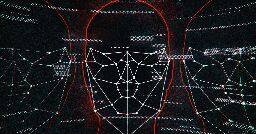Israel quietly rolled out a mass facial recognition program in the Gaza Strip


theverge.com
Israel has deployed a mass facial recognition program in the Gaza Strip, creating a database of Palestinians without their knowledge or consent, The New York Times reports. The program, which was created after the October 7th attacks, uses technology from Google Photos as well as a custom tool built by the Tel Aviv-based company Corsight to identify people affiliated with Hamas.
You are viewing a single comment
Plan Dalet
Declassified Massacres 1948
Details of Plan C (May 1946) and Plan D (March 1948)
Arab League advocating for Unified Binational State 1948
1967 war: Haaretz, Forward
Israel Martial Law and Defence (Emergency) Regulations practiced in the occupied territories after 1967
Amnesty Report, HRW Report, AIDA Report, OCHA Report 2017
Forced Displacement of Palestinians continue to this day: 972mag, MEE, Haaretz
Arab Israelis are second class citizens including Education (2001 report)
Palestinians denied civil rights including Military Court
Palestinian Prisoners in Israel including Child abuse
Human Shields including Children (2013 Report)
Settler Violence Torture and Abuse in Interrogations No freedom of movement Water control
Exploitation of Palestinian Labor: Haaretz, MEE, 972, CMEC